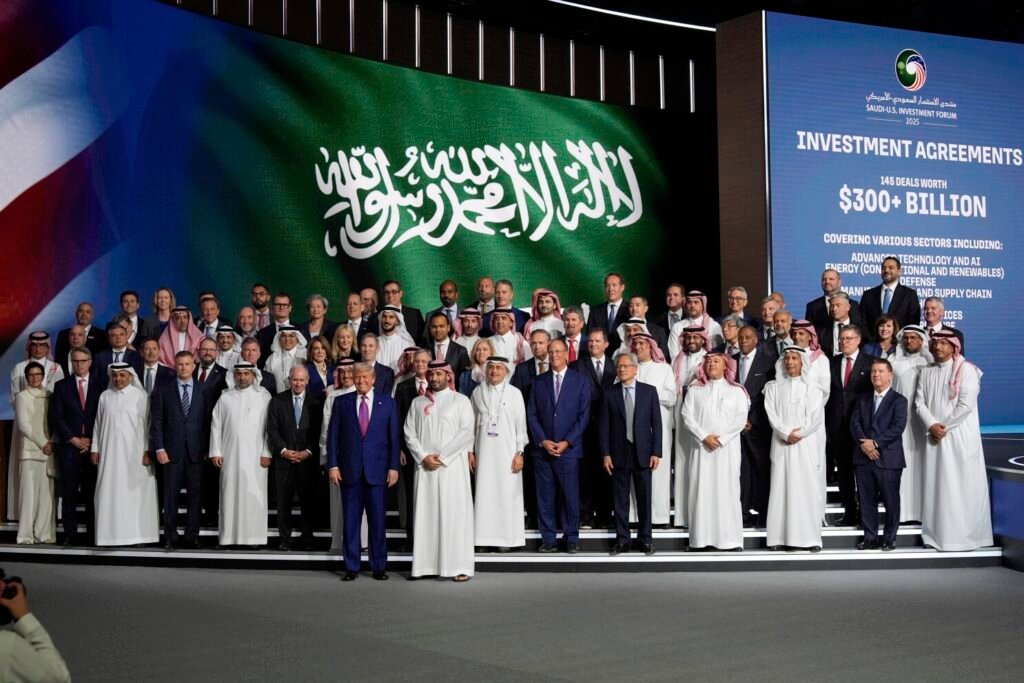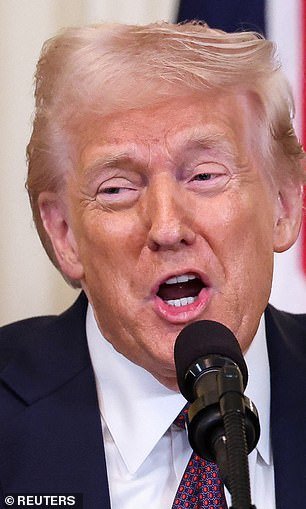Uncertainties from a tariff war with the United States and weak consumption at home have rattled sentiment and fuelled expectations of more policy stimulus to combat deflationary pressures.
The producer price index fell 3.3% in May from a year earlier, worse than a 2.7% decline in April and the deepest contraction in 22 months, National Bureau of Statistics data showed on Monday. That compared with an estimated 3.2% fall in a Reuters poll.
Cooling factory activity highlights the impact of U.S. tariffs on the world’s largest manufacturing hub, dampening faster services growth as suspense lingers over the outcome of U.S.-China trade talks set to resume in London on Monday.
In a phone call on Thursday, U.S. President Donald Trump and Chinese leader Xi Jinping discussed trade tensions and critical minerals, leaving key issues for further negotiations.

Live Events
The consumer price index dipped 0.1% last month from a year earlier, after falling by the same amount in April and slightly better than a Reuters poll forecast of a 0.2% decline. CPI slid 0.2% on a monthly basis, compared with a 0.1% increase in April, and matched economists’ predictions of a 0.2% decline. Retail sales growth slowed last month as spending continued to lag amid job insecurity and stagnant new home prices despite a recent raft of support measures.
With households cautious about spending due to income pressures, some companies have resorted to price discounts to boost sales, prompting the authorities to urge an end to the auto industry’s bruising price wars.
The core inflation measure, excluding volatile food and fuel prices, registered a 0.6% year-on-year rise, slightly faster than a 0.5% increase in April.







